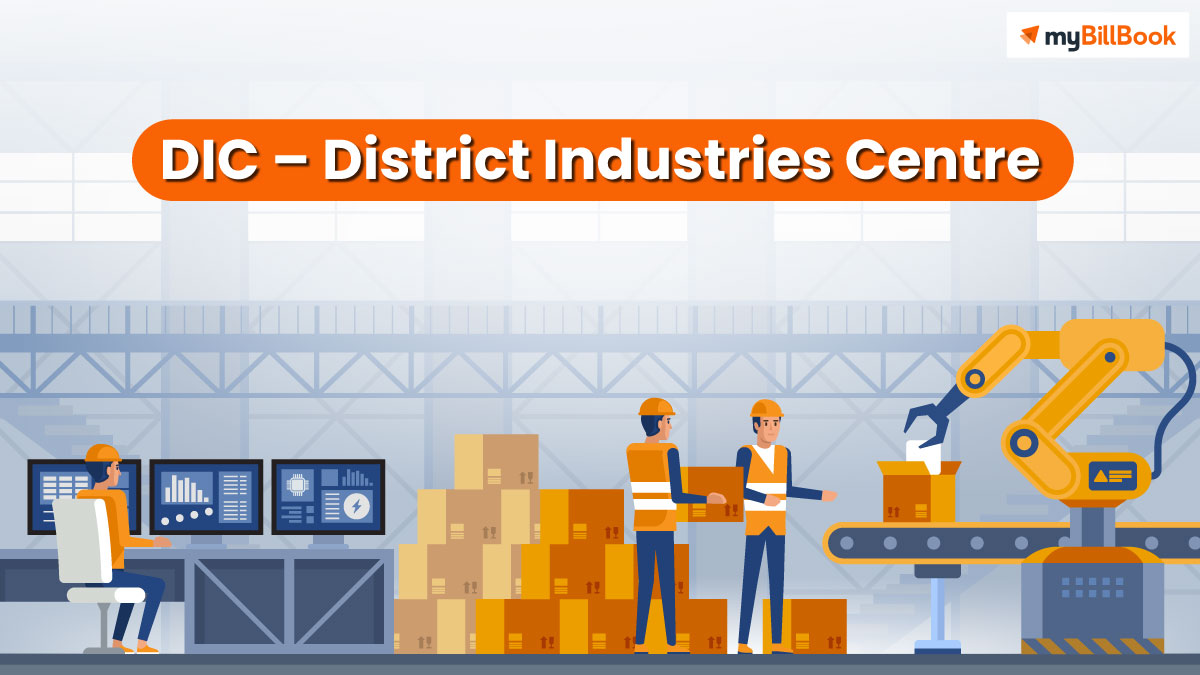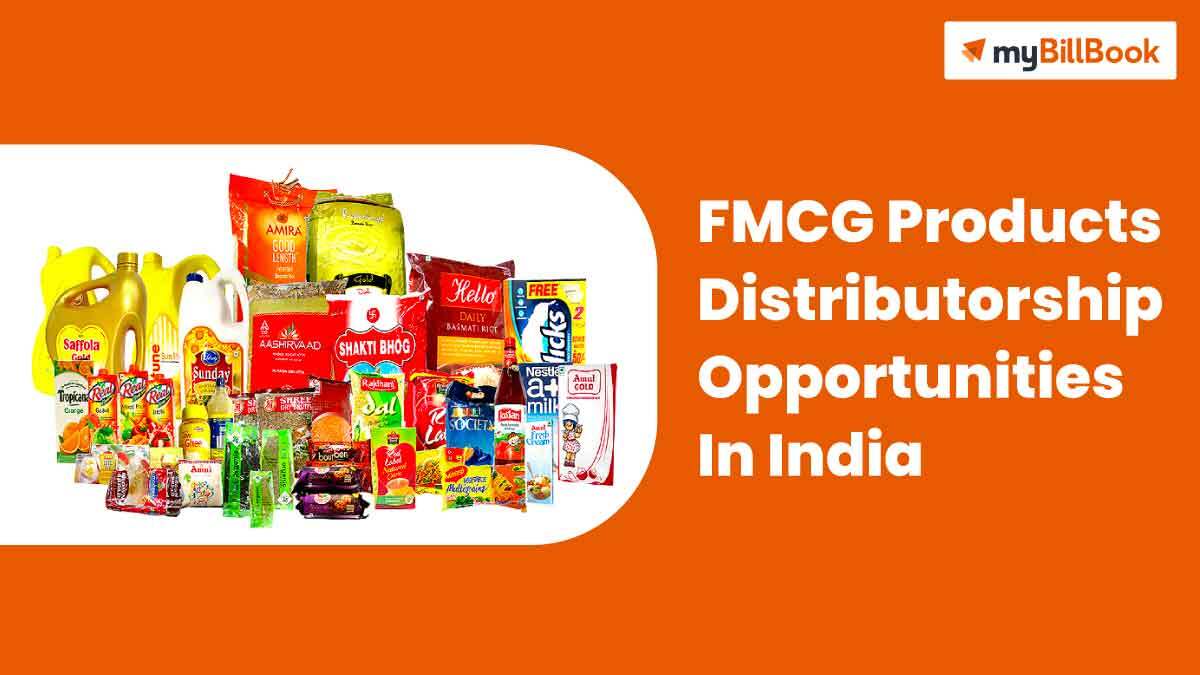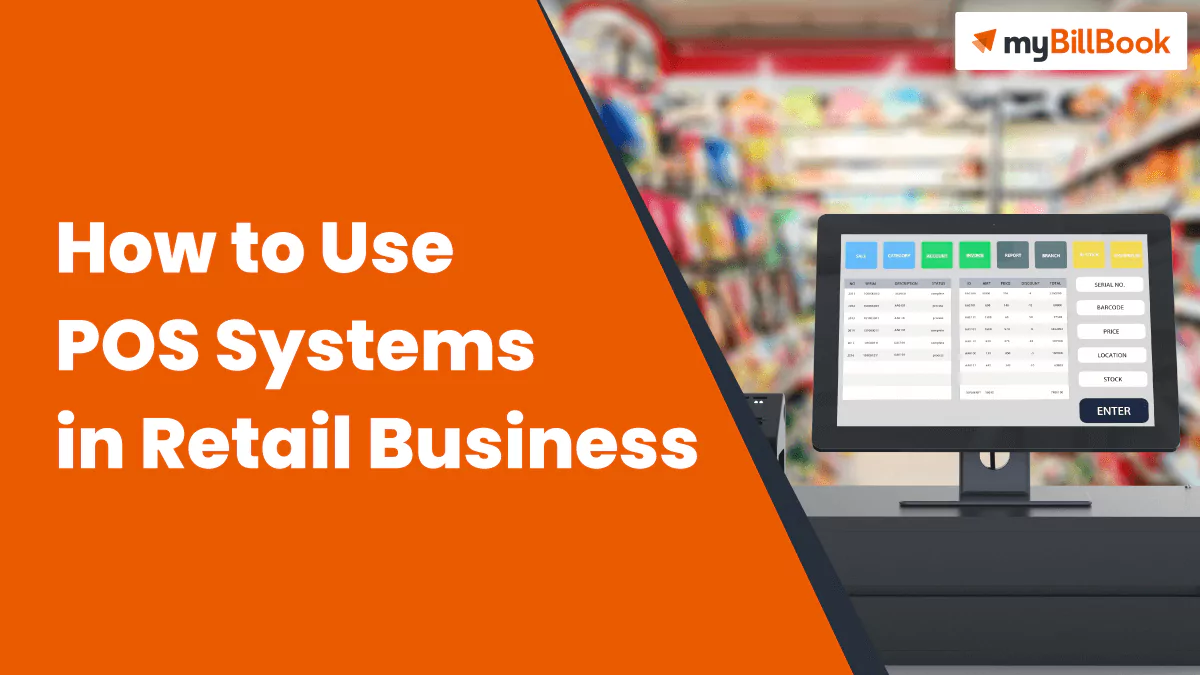What is DIC?
District Industries Centre is the DIC full form and it is an institute started at the district level. The purpose of DIC is to set up the village as well as small industries there. For establishing the DIC every prospective entrepreneur should visit various agencies located away from the district, and avail the essential facilities and assistance.
This process creates a loss of both time and money. Several departments of the State Government have now been delegated suitable authorities to the DIC. Therefore, a businessman would receive all the required assistance and support from a single agency called DIC.
Prime functions of DIC
Training Courses: The DIC even holds training courses for the businessmen of small units. It plays the role of an intermediary between the small industries service institutes and the entrepreneurs to present improved, new, and quality product lines developed by the latter to the former.
Raw Materials: The DIC acquires the data regarding the commodities needed by different units and makes arrangements for bulk purchase of the same. It thereby allows the tiny units to obtain their raw materials at affordable rates.
Khadi and Village Industries: DIC gives special care and attention to the growth of khadi and village industries and other cottage industries. It even maintains a close relationship with the State Khadi Board and arranges training programs for rural artisans.
Survey and Investigation: The DIC undertakes a survey of the existing new and traditional industries, human resources, and raw materials. It creates market forecasts for different products. It even generates techno-economic feasibility reports so as to provide investment advice to businessmen.
Marketing: The DIC carries out market development programs and market surveys. It even keeps contacts with Government procurement agencies, marketing outlets, and makes entrepreneurs well informed of market intelligence.
Arrangements for Loans:
It makes essential arrangements with other financial institutions and leads banks to render financial support to the entrepreneurs. Also, it monitors the industrial credit flow in the district and appraises the application.
Machinery and Equipment:
The DIC recognizes the places from where equipment and machinery can be obtained and even organizes machinery supply on a hire purchase basis.
Who can apply for loans under DIC?
Below given are the entities who are eligible to avail loans under the DIC scheme:
- The entities who can avail this loan involve safai karamcharis families, scheduled castes, and other backward classes (OBCs)
- Physically disabled young professionals like chartered accountants, engineers, advocates, doctors, architects, physiotherapists, pathologists, pragmatists, etc. can also avail this loan.
Schemes under DIC
There are various schemes that come under the ambit of District Industries Centres (DICs). These schemes assist in accomplishing the objectives of establishing the DICs. Moreover, these schemes are central sector schemes as well as centrally sponsored schemes. Have a look at the schemes given below that are listed under the DIC:
DIC Loan Scheme:
The scheme has been designed for the small unit sector as well as self-employed in rural areas and towns with capital investment being less than Rs. 2 lakhs and with a population below 1 lakh. These tiny units are recognized by the Village industries, small scale industries, silk, handicrafts, coir, and handlooms industries. For entrepreneurs in the SC/ST category, Rs. 60,000 or 30% of the total investment shall be the margin money (whichever is lesser). For entrepreneurs in the general category, Rs. 40,000 or 20% of the total investment shall be the margin money (whichever is lesser).
Prime Minister’s Employment Guarantee Program (PMEGP):
This scheme is a centrally sponsored scheme below the Ministry of Micro, Small, and Medium Enterprises which was established in 2008. The PMEGP scheme focuses on generating employment opportunities for educated unemployed citizens in urban and rural areas. The nodal agency for the adoption of the scheme is KVIC (Khadi & Village Industries Commission). About 90% to 95% of the amount would be offered by banks as loans under this scheme with 10% of the project cost in the service, industry, or business sector being the share of the applicant.
District Awards Scheme:
The state governments have started respecting such entrepreneurs with awards at the district level for the spirit of the entrepreneurs and celebrate their successes and achievements. The entrepreneurs to be awarded should be selected by the District Advisory Committee formed at the district level. The District Awards Function is conducted on Vishwakarma Jayanti Day which comes on different dates every year. The award function involves the display of the items by the businessman for exhibition and sale along with discussion and workshops about the same.
Entrepreneurship Development Training Program:
This scheme was established to encourage self-employment ventures and to impart training to the educated unemployed people or involved in skilled wage employment. The training programs that fall under the Entrepreneurship Development Training Program are as follows:
- Technical Training Program (12 Days to 2 Months non-residential)
- Entrepreneurship Development Training Program (12 days residential)
- Entrepreneurship Introductory Program (Udyojakata Parichay Karyakram)
Seed Money Scheme:
This scheme is focused on the self-employed who are involved in self-employment ventures or skilled wage employment. In addition, this scheme offers institutional financial support in the form of soft loans. The cost of the project to avail loan provision below the seed money scheme has been raised to Rs. 25 lakhs. When it comes to Rs. 10 lakhs project, one can avail seed money assistance of up to 15% of the project cost. In the case of SC/ST/ OBC, the assistance offered will be 20% of the project cost with the limit of the assistance offered is Rs. 3.75 lakhs with 75% of the project cost being in the type of a bank loan.
What is the process of availing a DIC loan?
The process of availing a DIC loan is given below:
Step 1: Enter the essential information in the application form.
Step 2: Then you have to save the application as a draft application.
Step 3: Take a printout.
Step 4: Then you have to visit the nearest office to submit the application form.
What are the documents needed for obtaining a DIC certificate?
Check out the essential documents needed for obtaining a DIC certificate which are as follows:
- Bank account details
- Aadhar number
- Name of the business
- Address of the business
- The main activity for beginning the business
- Date of beginning the business
- Number of employees
- Account number
- Investment of Business
- Kind of business like LLP or proprietorship or company
Which are the additional functions of the District Industries Centre?
Few of the additional functions of the District Industries Centre include:
- Carries out some training courses
- Arrangement of loan
- Conducting surveys
- Helping in the acquirement of equipment and machinery
- Promotion of rural artisans
FAQs about District Industries Centre
What is the limit on financial support rendered by the government on recurring establishments?
It is up to a maximum of 70% of actual total expenditure which is a maximum of up to Rs. 3.75 lakhs on the recurring establishments.
What is the limit for the financial support provided by the Government of India when it comes to the construction of office and non-recurring grants for the DIC
The limit for the financial support provided by the Government of India is up to a maximum of 2 lakhs when it comes to the construction of office and non-recurring grant for the DIC.








